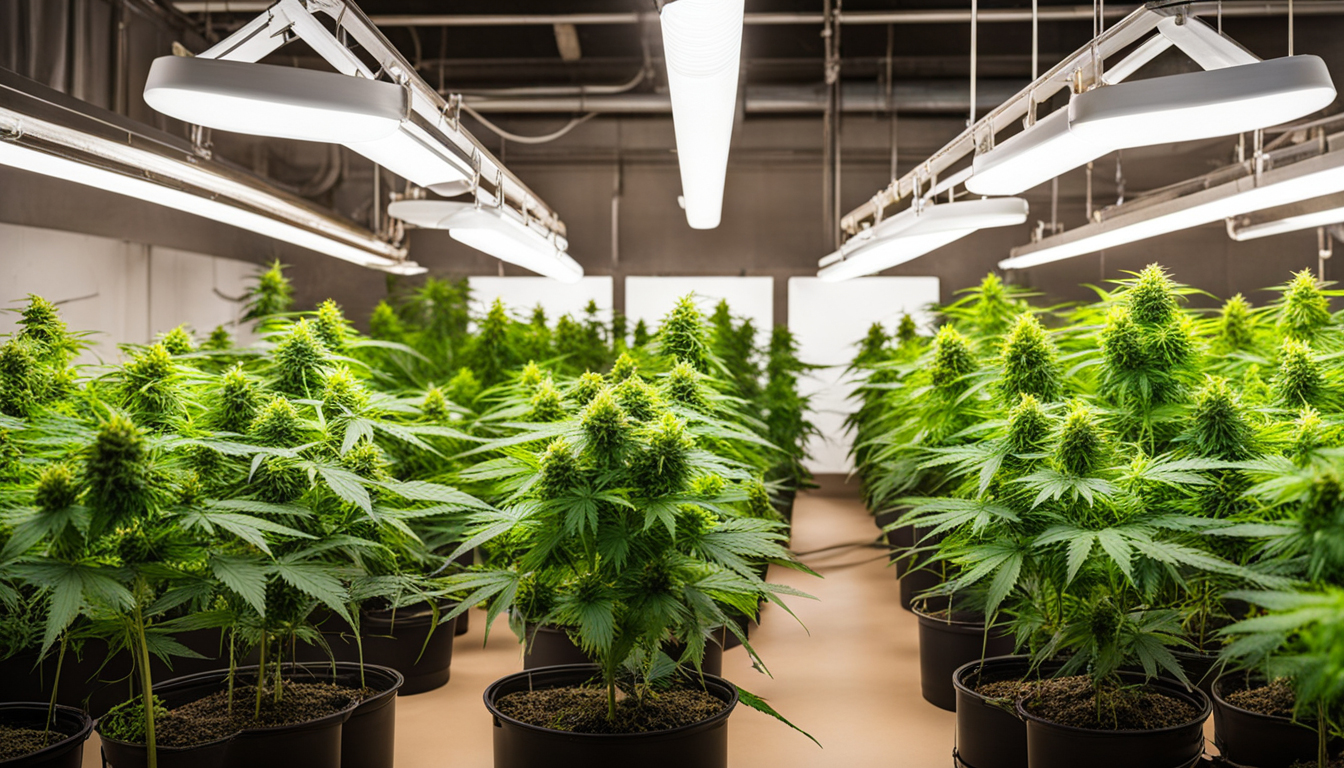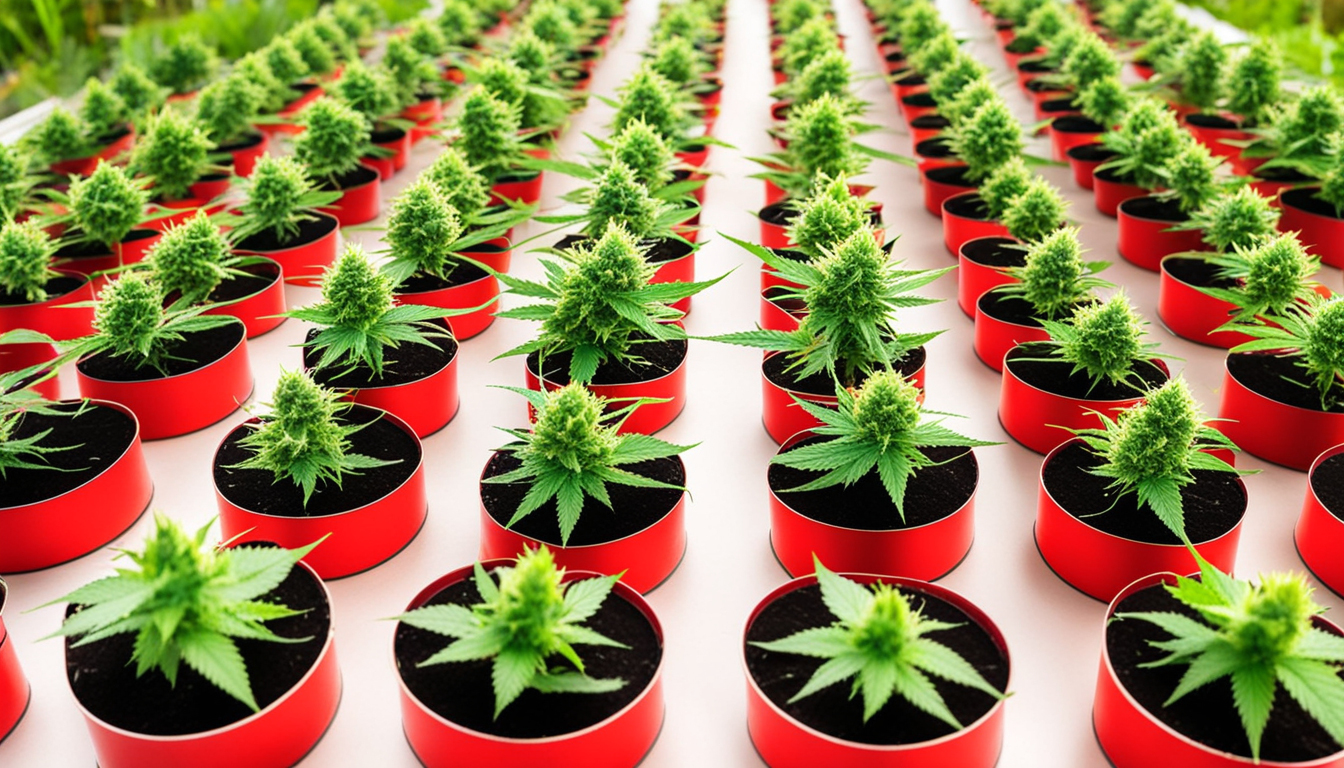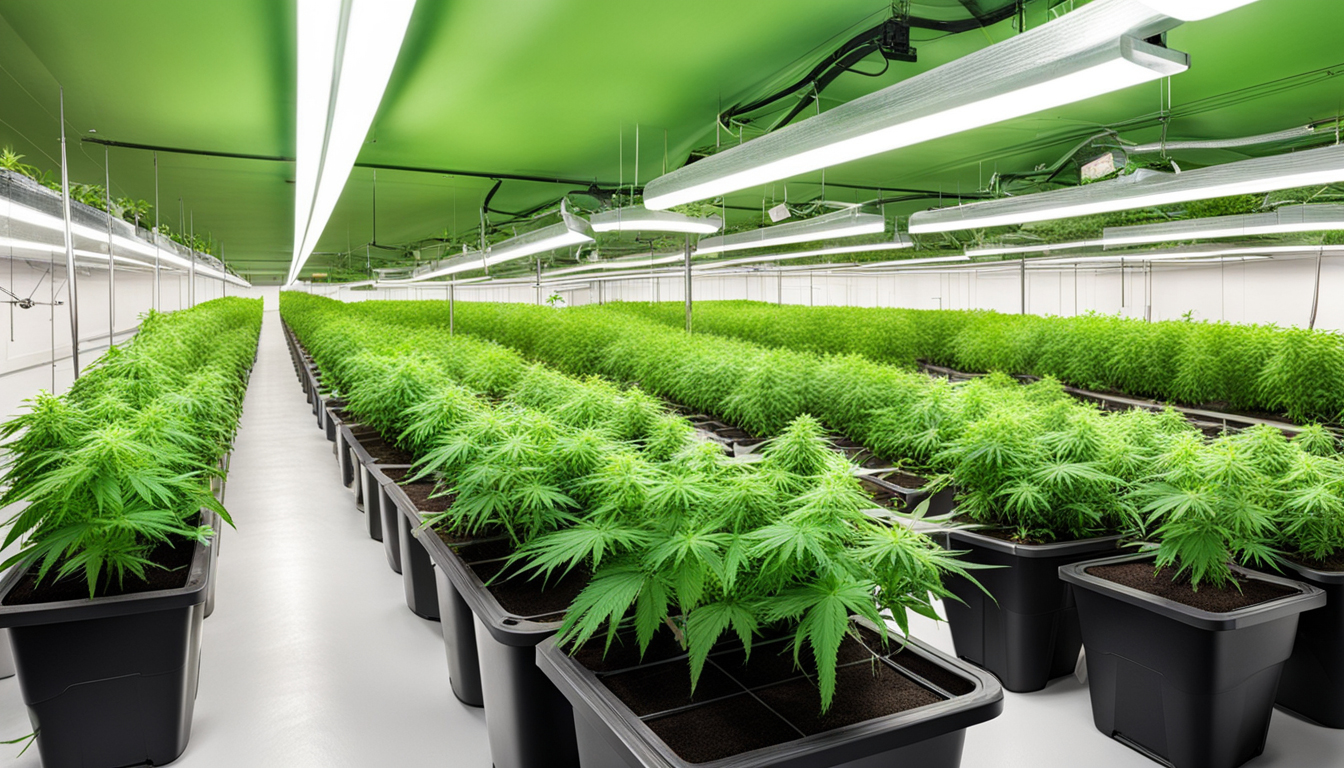
Whether you're just starting out with cannabis cultivation or looking to improve your existing crop, following this complete guide will help you produce bountiful, high-quality yields right at home. With the right supplies, strategies, and care, growing weed indoors can be an extremely productive and cost-effective endeavor.
Choosing Pot Varieties
The first step in planning your indoor grow is picking the right weed varieties to grow. The three main types of pot plants each have their own qualities.
Sativas
Known for their energizing cerebral effects, sativas grow tall and slender with narrow leaves. They thrive in tropical tropical climates and have a longer blooming time between 2.5-3 months indoors. Top sativa strains include Sour Diesel, Durban Poison, and Jack Herer.
Indicas
Indicas provide relaxing full-body effects and grow short and bushy with broad leaves. Adapted to cooler mountain climates, they flower faster within 8-9 weeks. Popular indica varieties include Northern Lights, Bubba Kush, and Bubba Kush.
Hybrids
Hybrid strains blend traits from both sativas and indicas. They offer blended effects and have medium blooming times around 2.25-2.5 months. Popular hybrids are OG Kush, Girl Scout Cookies, and Blue Dream.

Setting Up Your Grow Space
Weed plants need the right controlled environment to flourish. Key factors for indoor cultivations are lights, airflow, layout, and finding the ideal discreet area.
Location
Choose an empty space with quick access to water and power outlets. An empty extra bedroom, unused closet, corner of the basement, or grow tent locked away in a garage all make great discreet cultivation room spots.
Lighting
Pot requires powerful light for all growth stages. LED grow lights are efficient and come in broad spectrum options simulating natural outdoor light. Provide 15-25 watts per square foot for the growth stage and 400-600 watts per square foot for bloom.
Ventilation
Proper airflow and exhaust systems keep ideal temperature, humidity, and pure CO2 levels. Install quiet 10-15 cm fans or scrubbers to circulate stale air and reduce odors.
Layout
Maximize your space by arranging plants carefully under the lights and allowing room to reach and work around them. Set up separate zones for growth, flowering, curing, and propagation.

Cultivation Mediums
Marijuana can be grown in various mediums, each with pros and cons. Pick a appropriate option for your specific setup and cultivation style.
Soil
The classic medium, soil is cheap and simple for beginners. It provides excellent taste but requires more irrigation and fertilizing to nourish plants. Enrich soil with perlite or coir to enhance drainage.
Coconut coir
Made from coconut husks, reusable coconut fiber retains water but still allows air to the roots. It's more sterile and more predictable than soil. Use coir-specific fertilizers to prevent calcium buildup.
Hydroponics
In water systems, plant roots grow directly in fertilizer irrigation solution. This allows quick development but needs close observation of solution chemistry. Deep water culture and irrigation systems are common techniques.
Sprouting Seeds
Sprouting activates your marijuana seeds to start sprouting radicles. This prepares them for planting into their cultivation Learn More medium.
Towel Method
Place seeds between moist paper towel and maintain them moist. Check after a week for growing taproots indicating sprouting is complete.
Planting directly
Plant seeds directly into wetted cultivation medium 1⁄4 inch deep. Gently water and wait 1-2 weeks until seedlings break through the top.
Cubic rockwool
Soak rockwool cubes in balanced water. Place seeds 6mm deep into the cubes. Keep cubes moist until seedlings Discover More emerge within a week to 2 weeks.
Repotting Young plants
Once sprouted, weed young plants need to be repotted to prevent overcrowding. Move them into appropriately sized pots.
Ready Containers
Load large pots with cultivation medium enriched with slow-release nutrients. Allow containers to absorb water for 8-12 hours before repotting.
Gently repotting
Gently separate seedling roots from germination medium using a spade. Put into pre-soaked pot at equal depth as before and lightly water in.
Vegetative Stage
The vegetative stage promotes leafy growth and plant form through 3/4 to full day of daily light intensity. This stage usually lasts 1-2 months.
Using 3/4 to full day of Lighting
Use grow lights on a 24 hour cycle or natural sunlight to trigger constant photosynthesis. Light output influences height and node distance.
Nutrients
Use grow stage fertilizers richer in N. Make sure pH remains around 5.8-6.3 for full fertilizer absorption. Feed 1⁄4 to 1⁄2 strength after 2 weeks and increase gradually.
LST and topping
Fimming, LST, and trellising direct shoot patterns for even canopies. This increases yields.

Flowering Stage
The flowering stage develops buds as plants reveal their sex under a 12 hour cycle schedule. It lasts 8-12 weeks based on variety.
Switching to 12/12
Change grow lights to 12 Click Here hours on, 12 hours off or move outside for outdoor 12/12 timing. This signals plants to begin blooming.
Flushing
Flushing removes fertilizer residuals to enhance taste. Fertilize lightly the first period then just use plain water the final 2 weeks.
Flushing
Maintain 12 hour photoperiod but flush using pH-balanced water only. Return to clean watering if buds aren't yet mature after two weeks.
Reaping
Recognizing when weed is fully ripe delivers maximum cannabinoid content and aroma. Cut down plants at optimal maturity.
Identifying Ripeness
Check swollen calyxes, faded pistils, and 10-15% cloudy trichs. Inspect buds across the plant as they won't all ripen evenly.
Cutting Plants
Use sterilized, razor-sharp trimming scissors to carefully slice each plant at the base. Keep several inches of stalk attached.
Drying
Hang intact plants or colas upside down in a dark room with moderate temperature and RH around 45-65% for 7-14 days.
Aging
Curing continues desiccating while aging the buds like aged spirits. This technique smooths bitterness and further develops terpene contents.
Jars and Humidity
Manicure dried buds from branches and store into glass jars, packing about 3⁄4 full. Use a sensor to measure jar moisture.
Opening jars daily
Open containers for a few hours each day to slowly reduce humidity. Rehydrate buds if humidity drops below 55%.
Long term storage
After 2-3 weeks when moisture stabilizes around 55-60%, perform a last trim and keep long-term in airtight jars.
Common Problems and Solutions
Even seasoned growers run into various cannabis plant problems. Detect issues soon and address them correctly to maintain a vibrant garden.
Nutrient Deficiencies
Chlorosis often indicate inadequate nitrogen. Purpling stems and leaves signal phosphorus deficiency. Test pH and increase fertilizers gradually.
Bugs
Spider mites, fungus gnats, mites, and root aphids are frequent cannabis pests. Use organic sprays, predator bugs, and sticky traps for natural control.
Mold
Excessive humidity promotes powdery mildew and root rot. Improve airflow and venting while lowering RH below 50% during flowering.

Summary
With this complete indoor pot cultivation guide, you now have the knowledge to cultivate bountiful potent buds for personal harvests. Apply these techniques and techniques throughout the germination, growth, and bloom stages. Invest in quality equipment and carefully monitor your plants. In time, you'll be compensated with sticky aromatic buds you grew yourself under the loving care of your green hands. Good luck cultivating!